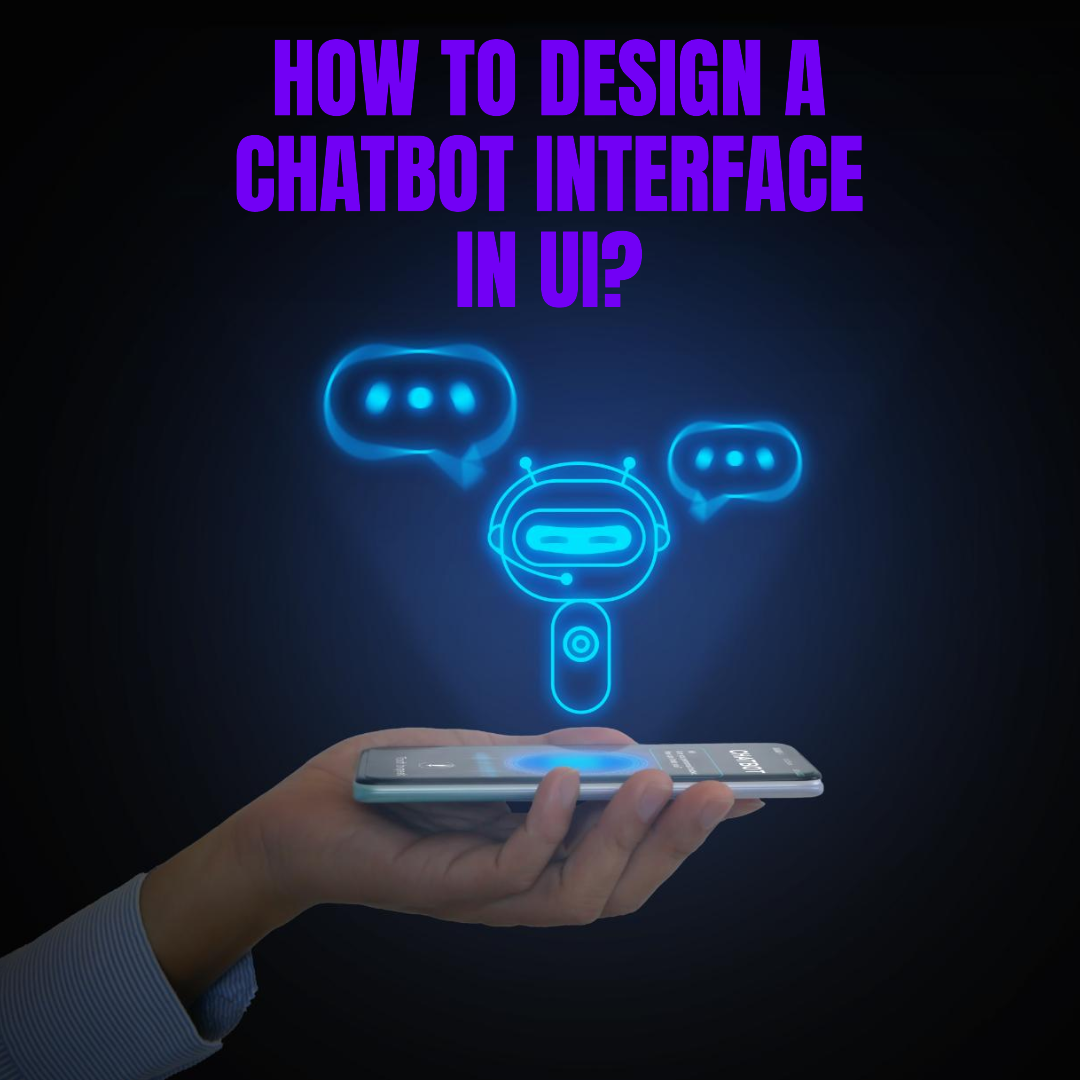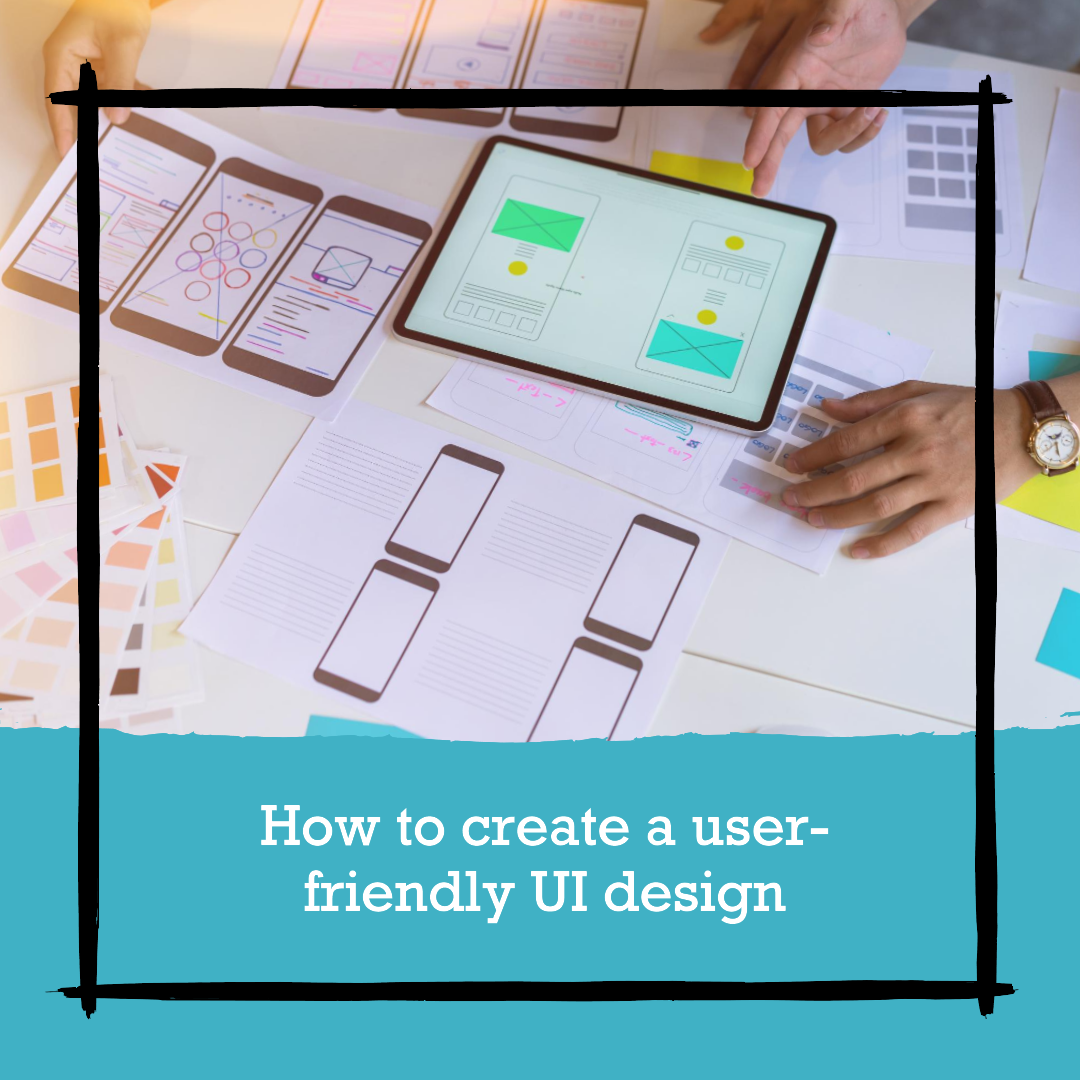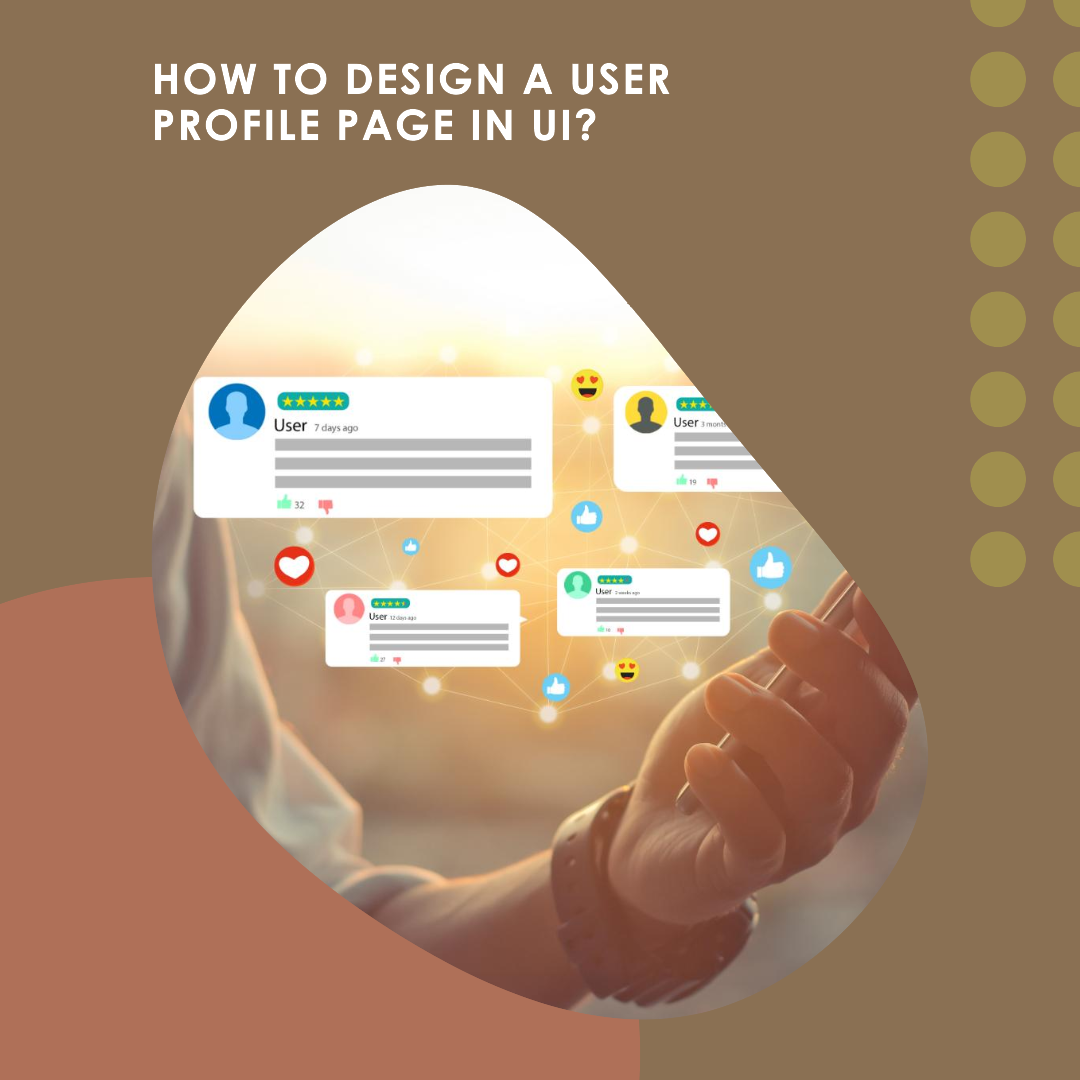How to design a chatbot interface in UI?
Chatbot interfaces are the screens and menus that users interact with when using a chatbot. A well-designed chatbot interface can help users to have a smooth and enjoyable experience, and it can also help the chatbot to achieve its goals.
Here are some tips for designing a chatbot interface in UI:
- Keep it simple: Chatbot interfaces should be simple and easy to use. Users should be able to quickly learn where everything is and what it does.
- Use clear and concise language: The language used in the chatbot interface should be clear and concise. Users should be able to quickly understand what the chatbot is asking or saying.
- Use a consistent design: The design of the chatbot interface should be consistent throughout the chat. This means using the same colors, fonts, and layout elements throughout. This will help to make the interface look more polished and professional.
- Use feedback: The chatbot interface should provide feedback to users when they interact with it. This could include highlighting buttons, displaying information about buttons, or providing confirmation of actions.
- Test your interface with users: Once you have designed your chatbot interface, test it with users to get feedback. This will help you to identify any usability issues and make necessary refinements.
Here are some additional tips for designing a chatbot interface in UI:
- Use a conversational tone: The chatbot interface should use a conversational tone. This means using language that is similar to the way that people talk to each other. This will help to make the chatbot seem more human and approachable.
- Use personality: The chatbot interface should have some personality. This could be done by using humor, emojis, or other design elements. This will help to make the chatbot more engaging and enjoyable to use.
- Use context-awareness: The chatbot interface should be context-aware. This means that the interface should change based on what the user is talking about. For example, if the user is talking about a specific product, the interface could highlight the product’s information and allow the user to purchase it.
- Use personalization: The chatbot interface should allow users to personalize it to their liking. This could include allowing them to change the colors, fonts, or layout elements of the interface. This will help to make the chatbot feel more like a personal assistant.
Here are some examples of well-designed chatbot interfaces in UI:
- Facebook Messenger: Facebook Messenger has a simple and user-friendly chatbot interface. The interface is easy to navigate and use, and it provides users with all of the information they need without being cluttered or overwhelming.
- Google Assistant: Google Assistant has a simple and conversational chatbot interface. The interface is easy to talk to and use, and it provides users with all of the information they need without being cluttered or overwhelming.
- Slack: Slack has a playful and engaging chatbot interface. The interface is easy to talk to and use, and it provides users with all of the information they need without being cluttered or overwhelming.
Conclusion
By following the tips in this blog post, you can design effective chatbot interfaces in UI. Well-designed chatbot interfaces can help users to have a smooth and enjoyable experience, and they can also help the chatbot to achieve its goals.








